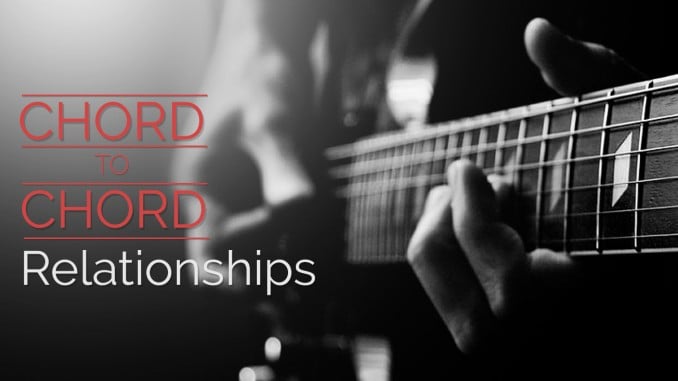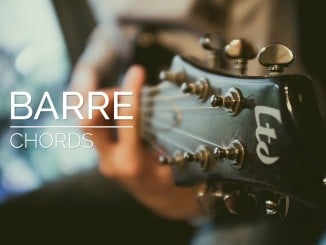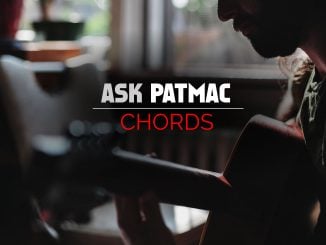
In this lesson, I am going to show you how to find and form chords easily from the basic chords that most guitarists know. This lesson will show where chords are in relation to each other. There is an order in which the chords go down the fretboard it is C-A-G-E-D. Each letter refers to a certain chord form or pattern. This pattern is shown in the diagram below. (Ex: C form, A form, etc.)

The forms get their name from when those chord patterns are open chords (chords that use open strings). For example. When the E form uses open strings it is an E major chord, therfore it is named the E form. If you notice the chords run together as you go down the fretboard. Look at the root note ("R") of the C Form chord. Now look at the root note of the A form chord. Notice that they are on the same string. This is the same note on the same fret. In other words the 2 chord forms run together. The C form comes before the A form, and they actually share that note. Now look at the three notes out in the front of the A form. Now look at the three notes on the same strings in the G form. Once again these notes are shared. This pattern continues down through all the forms, and it repeats when the D form goes to the C form. This should help you to find chords much more easily.
Just because the chord is in C form does not mean that it is a C major chord either. That is just the name for the form. The chord is determined by the root note, and remember that all of these chords are moveable. If you know how to apply this lesson you will never have trouble finding a chord again.
All the forms that I have shown you so far have been for major chords. Now I will show you the small differences in chord shapes to get other chords. It is really simple when you think of the little changes that you have to make to change a chord from an A major into an A major 7. I will show you in the following charts, and I will highlight the changes in yellow. Remember: All of the forms shown below can be substituted, so if you want an A major 7 and you need an A form chord, you just have to go to the A major 7 Form below, and apply it.






Some of these chords do not have the root as the lowest note, therefore those ones can be named as a slash chord. I hope you learned to find chords quickly and easily because this is a simple technique that can give you great results.





Thank you for your world guitar lesson it enhanced me so much.
Thank you
God bless you
I am glad that it helped you and thank you for the kind words.